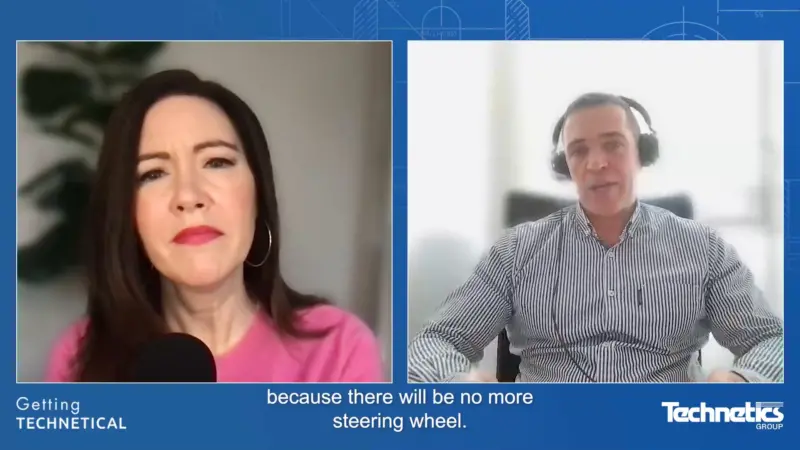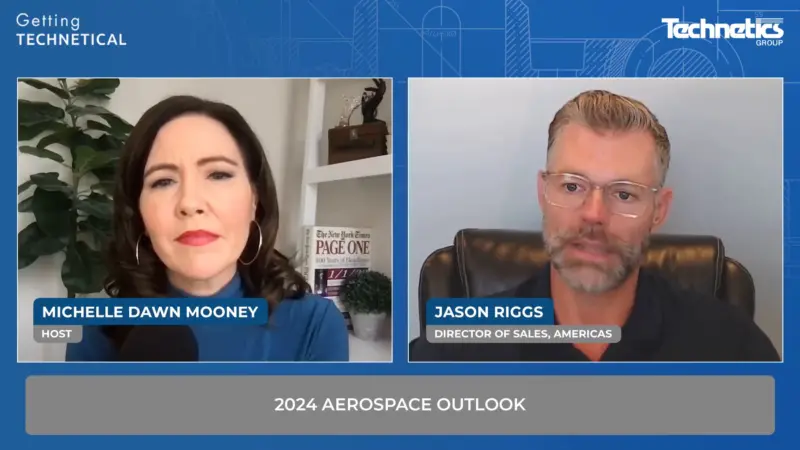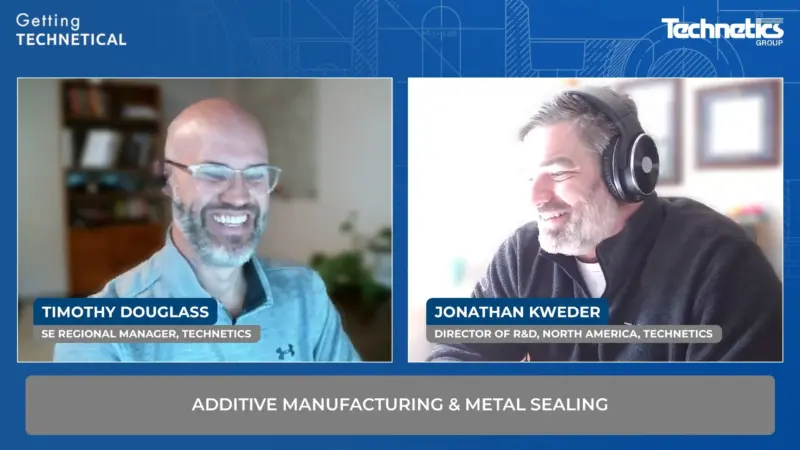Top 4 Reasons Mechanical Seals Fail
The common causes of mechanical seals failuring in aerospace applications are discussed, shedding light on the potential risks and implications for programs and systems. Understanding these causes is crucial to prevent costly setbacks and ensure reliable performance.
Jason Riggs, Director of Strategy at Technetics, highlights four key reasons for mechanical seals failing. First, the use of analysis techniques that generate designs that do not align with the supplier’s capabilities can lead to unexpected issues during operation. It emphasizes the importance of considering supplier capabilities and expertise when designing seals.
Second, ineffective seal designs that fail to address the specific sealing problem at hand are a significant concern. Lack of experience and pedigree in seal design can contribute to suboptimal solutions that do not meet the desired performance requirements.
The third cause of concern is not designing for environments that can lead to latent failures. Neglecting to account for the operating conditions and environmental factors that can impact seal performance can result in unforeseen failures and compromised system integrity.
Lastly, manufacturing processes or inadequate process control can hinder the production of seals that align with the analytical model. Inconsistencies between the intended design and the actual manufactured seal can introduce vulnerabilities and increase the risk of failure.
In aerospace applications, seal failures can have serious consequences. They can jeopardize qualification efforts, leading to scheduling delays and increased costs. Additionally, latent field failures can emerge, resulting in unexpected expenses and compromised system functionality. Premature seal failure can reduce the overall system life, impacting efficiency and reliability. The most concerning outcome is the potential for catastrophic failure at the component or system level, posing significant risks to safety and performance.
By understanding and addressing these causes of seal failures, aerospace programs and systems can mitigate risks and enhance their reliability. Effective process control during manufacturing is crucial to ensure that the final seals align with the intended design and analytical models.



